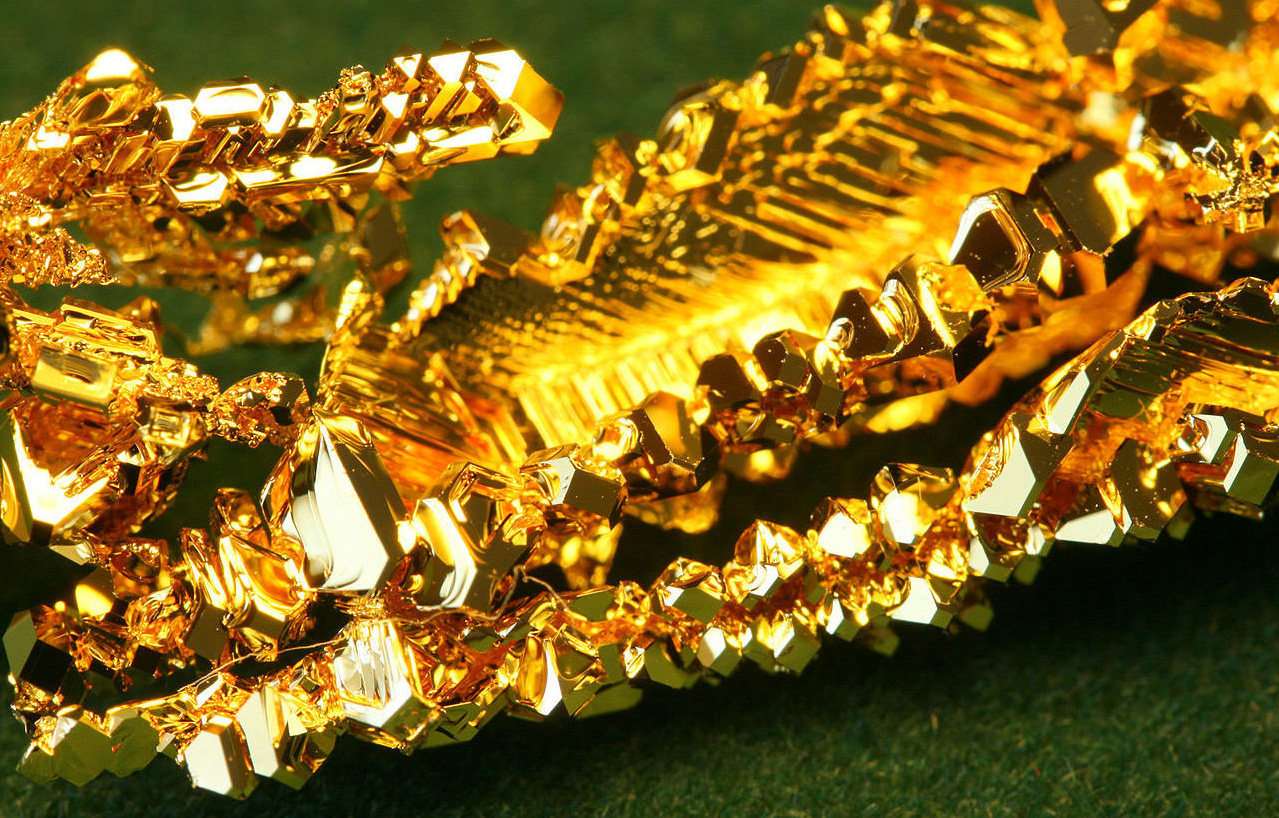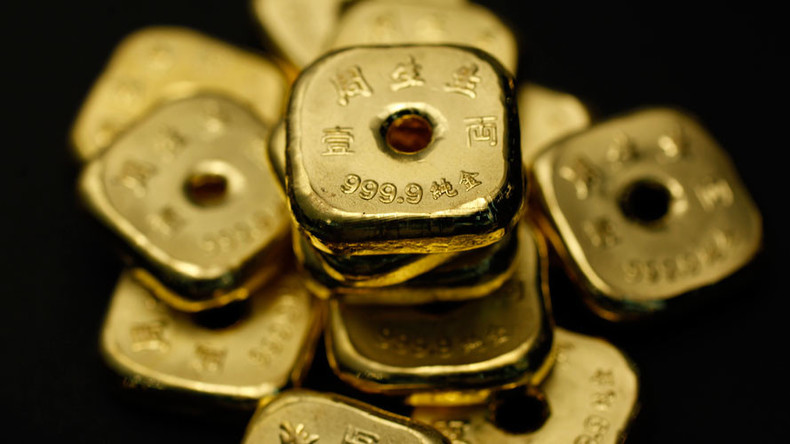Gold Currencies
Brazil, Russia, India, China and South Africa (BRICS) are discussing the possibility of establishing a separate gold trading system. The level of trust between them can help establish an intra-group gold trading platform, which would be 100% backed by physical gold.
The BRICS countries account for 40% of the world’s population and about 25% of the world’s domestic product.
They are large economies with substantial reserves of gold and a huge production and consumption of it. A new system may serve as a basis for the further creation of new benchmarks.
The Bank of Russia and the People's Bank of China have already created a platform that would unite gold trading by the world's two biggest gold buyers.
Combining the pricing of oil in Yuan, using gold-backed futures contracts in Shanghai, founding of the Asian Infrastructure Investment Bank, and the New Development Bank, China has set up an alternative to the Bretton Woods, Western-World-dominated establishment.

The dollar’s value in terms of the other major currencies is rigged within a narrow range. When the Federal Reserve began printing money (Quantitative Easing or QE) in order to bail out the big banks by purchasing their mortgage derivatives, the Japanese, EU, and British central banks also printed money. Since all printed money, this kept the US dollar from declining in terms of yen, euros, and pounds.
In order to maintain this illusion of stable currency values despite the printing of money, the Federal Reserve had to stop the dollar price of gold from rising. The way this has been done in recent years is for banks acting as agents for the Federal Reserve to do short sales of gold by dumping large numbers of uncovered or “naked” gold futures contracts in the gold futures market (Comex). The sudden appearance over the space of a few minutes, usually in quiet trading hours, of large numbers of new contracts knocks down the gold price.
The price of gold is unique in that it is not determined in physical markets where people buy and sell the physical metal. Instead it is determined in a futures market where future contracts are settled in cash. Unlike the stock market where a short-seller actually has to cover his short sale by having the shares, in the gold futures market short-selling does not require the short-seller to have the gold he is selling short. He, or rather, the large bank, can simply print paper contracts, just as the Federal Reserve prints dollars, and dump the contracts in the paper gold market.
The large increase in supply of paper contracts increases the supply of contracts in the futures market and drives down the price, thus subsidizing the actual purchase of physical metal by driving down the dollar price of gold.
The banks that do the short-selling make large profits. As the shock of a large number of shorts drives down the gold price, the Hedge funds sell their holdings into the decline which drives the price down further. Then the banks buy the contracts they sold at a price below the sale price, close their position, and count their profit.
All Western currencies are over-valued in terms of gold. More evidence is the decline in purchasing power in terms of goods and services of all Western currencies.
The US dollar’s reserve currency role is in jeopardy, because the sanctions Washington imposes are driving other governments away from the use of the dollar and the Western financial system. As the dollar’s role as reserve currency shrinks, so does the demand for dollars. As the demand for dollars falls, so will its exchange value. The Fed can print dollars with which to purchase financial assets such as stocks and bonds, thus supporting their prices, but the Fed cannot print foreign currencies with which to purchase dollars.

China has the 5th largest gold reserves after the USA, Italy, Germany, and France. They also discovered the biggest ever gold deposit of about 380 tons on land. Another 470 tons was discovered beneath the seabed of the East China Sea.
China dominates the world economy and has displaced the US as the world’s most formidable economic powerhouse.
It is just part of a geopolitical tectonic shift which started in the early 1980's. We have seen a constant outflow of physical gold from the West to the East. At the same time, the West has lost the economic war, and as a consequence, the focus now turns to the financial system.
As Beijing and Moscow understand that America has been using the US$ to control most international transactions. By implementing a new kind of ‘Gold standard 2.0’ they want to distance themselves from this control.
The vast majority of the people in Asia sees gold as superior, or ‘real’ money, something the West has forgotten, because of all the paper wealth (credit) they have accumulated.

According to London gold clearing statistics for 2016, the total trading volume in the London Over-the-Counter (OTC) gold market is estimated at the equivalent of 1.5 million tons of gold. That same year the volume of 100oz gold futures on New York's COMEX reached 189,000 tons of gold, totaling almost 1.7 million tons of gold.
But only about 10% of that number, 180,000 tons of gold, has actually been mined over time. The above scam is just gigantic and obviously unsustainable. The paper scams in London and New York will either blow up when the paper price of gold drops to zero or when just over 10% of investors insists upon receiving physical gold in return.
The trend is clear: OTC and COMEX are working toward their own destruction. Therefore, now 99% of COMEX gold futures are settled in “cash”. This game-changer will present a viable challenger that could over time lead to a break up of the current system since the "dominating" West will likely still trade paper gold in the meantime.

The final battle: Gold vs. US dollar
Are we moving into the final phase, the battle between currencies – one that will be backed by a hard asset which was real money since time immemorial until 1971 (The start of the 3rd Industrial Revolution) and the other one, backed by promises that future generations will pay through debt, inflation and ever-rising taxation?
Probably, the combination of negative yields, massive global political risks, and attempts to move away from traditional currencies will definitely lead to higher prices for real gold.
Investing is very much linked with geopolitics. Once you understand the bigger picture, whether it is gold or food, it becomes apparent what you should invest in.


